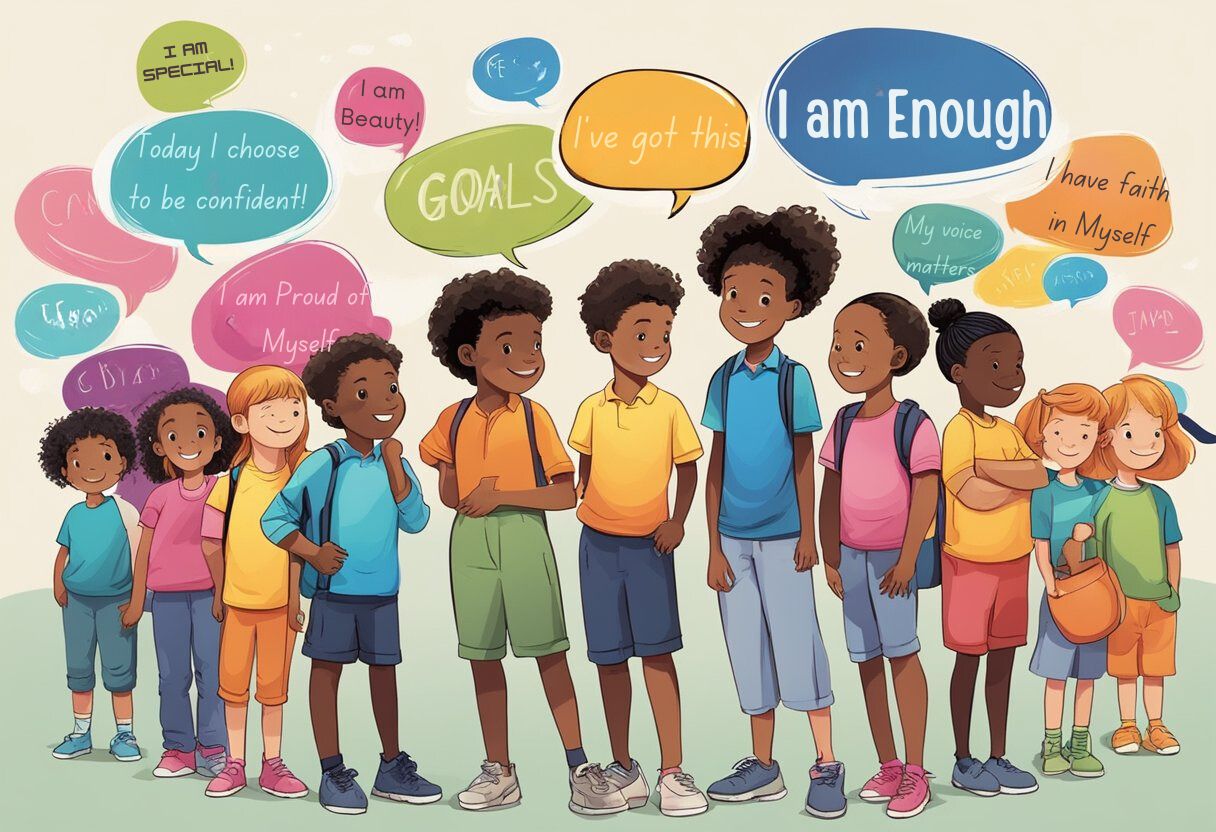Positive handling techniques are an essential aspect of managing challenging behavior in individuals with special needs. These techniques are designed to prevent and de-escalate challenging behavior while ensuring the safety of both the individual and those around them. Positive handling techniques are based on the principles of positive behavior support, which emphasizes the use of positive reinforcement to encourage positive behavior.
Positive handling techniques are grounded in a person-centered approach that recognizes the unique needs and abilities of each individual. This approach seeks to understand the underlying causes of challenging behavior and address them through positive reinforcement and other evidence-based strategies. Positive handling techniques also prioritize the use of non-physical interventions, such as verbal de-escalation and environmental modifications, before resorting to physical interventions.
The use of positive handling techniques has been shown to be effective in reducing challenging behavior, improving quality of life, and promoting positive social interactions for individuals with special needs. As such, it is important for educators, caregivers, and other professionals working with individuals with special needs to receive training in positive handling techniques and implement them in their daily practice.
Understanding Positive Handling
Principles of Positive Handling
Positive handling is an approach that focuses on preventing and managing challenging behavior positively and respectfully. The principles of positive handling are based on the belief that all individuals have the right to be treated with dignity and respect and that positive relationships can be built through effective communication and positive reinforcement.
The key principles of positive handling include:
- Prevention: Identifying and addressing potential triggers for challenging behavior before they escalate.
- De-escalation: Using effective communication and calming strategies to reduce tension and prevent the situation from escalating.
- Positive reinforcement: Encouraging positive behavior through praise, rewards, and acknowledgment.
- Respectful handling: Treating individuals with dignity and respect, and avoiding the use of physical force unless it is necessary.
Legal Framework
Positive handling is governed by a legal framework that sets out the rights and responsibilities of those involved in the handling of challenging behavior. The legal framework includes legislation such as the Human Rights Act, the Mental Capacity Act, and the Children Act. Guidance from organizations such as the Department of Health and Social Care and the Health and Safety Executive is also part of this framework.
Under the legal framework, positive handling should only be used as a last resort, and should always be proportionate to the situation. It is important to ensure that any interventions are necessary, reasonable and carried out in a way that respects the individual’s human rights and dignity.
In summary, positive handling is an approach that prioritizes prevention, de-escalation, positive reinforcement, and respectful handling. It is governed by a legal framework that emphasizes the importance of proportionality, necessity, and respect for human rights. By following these principles and guidelines, individuals can effectively manage challenging behavior positively and respectfully.
Techniques of Positive Handling
Non-Physical Strategies
Positive handling techniques involve a range of non-physical strategies that can be used to prevent or manage challenging behavior. These strategies include verbal de-escalation, active listening, and positive reinforcement.
Verbal de-escalation involves using calm, non-threatening language to diffuse a potentially volatile situation. This technique involves actively listening to the person and acknowledging their feelings and concerns. It is important to avoid using aggressive or confrontational language, which can escalate the situation.
Active listening involves giving the person your full attention and demonstrating empathy. This technique can help to build trust and rapport with the person and can be used to gain a better understanding of their needs and concerns.
Positive reinforcement involves rewarding positive behavior with praise, encouragement, or other forms of recognition. This technique can be used to promote positive behavior and can help to build self-esteem and confidence.
Physical Interventions
Physical interventions should only be used as a last resort and should be carried out in a safe and controlled manner. These interventions should only be used when all other non-physical strategies have failed and when there is an immediate risk of harm to the person or others.
Physical interventions should be carried out by trained professionals who have received specialist training in positive handling techniques. These interventions should be carried out in a way that is safe and respectful to the person and should only be used as a last resort.
Overall, positive handling techniques involve a range of non-physical and physical strategies that can be used to prevent or manage challenging behavior. These techniques should be used safely and respectfully and should always be carried out by trained professionals.
Training and Implementation
Training Requirements
Before implementing positive handling techniques, proper training should be provided to all staff members involved in the process. The training should cover principles of positive handling, legal and ethical considerations, and specific techniques to be used.
The training should be conducted by qualified trainers who have expertise in positive handling techniques. The trainers should be able to demonstrate the techniques and provide hands-on practice opportunities for the staff members. The training should also include information on how to assess the risks associated with each situation and how to develop appropriate strategies to manage those risks.
Creating a Positive Environment
Creating a positive environment is crucial for the successful implementation of positive handling techniques. Promoting a culture of respect, dignity, and empathy fosters a positive environment. Providing regular training and support to staff members, fostering open communication, and promoting teamwork can achieve this goal.
It is also important to ensure that the physical environment is conducive to positive handling techniques. Providing appropriate equipment and facilities, such as padded rooms or mattresses, can achieve this goal. Ensuring a hazard-free environment safeguards both staff members and service users from potential harm.
In conclusion, training and creating a positive environment are essential for the successful implementation of positive handling techniques. By providing proper training, staff members can effectively manage challenging situations. They can do so while maintaining the safety and dignity of all involved by creating a positive environment.
Monitoring and Reviewing
Incident Reporting
Monitoring and reviewing is an essential aspect of positive handling techniques. It is important to keep track of any incidents that occur during the handling process. Creating an incident report with details such as the date and time of the incident, the individuals involved, and the nature of the incident facilitates the identification of patterns and trends in incidents, which can then inform improvements in handling techniques. Completing incident reports promptly and accurately is essential for this purpose.
Continuous Improvement
Continuous improvement is an important aspect of positive handling techniques. This involves regularly reviewing handling techniques and making improvements as necessary. Conducting regular training sessions, reviewing incident reports, and seeking feedback from staff and individuals involved in the handling process facilitate this process.
Regular reviews help identify areas for improvement, such as changes to handling techniques or equipment. It’s essential to communicate any changes effectively to all staff and individuals involved in the handling process. This ensures that everyone is aware of the changes and can implement them properly.
Overall, monitoring and reviewing are essential aspects of positive handling techniques. Staff can ensure the safe and respectful handling of individuals by keeping track of incidents and continuously improving handling techniques.









